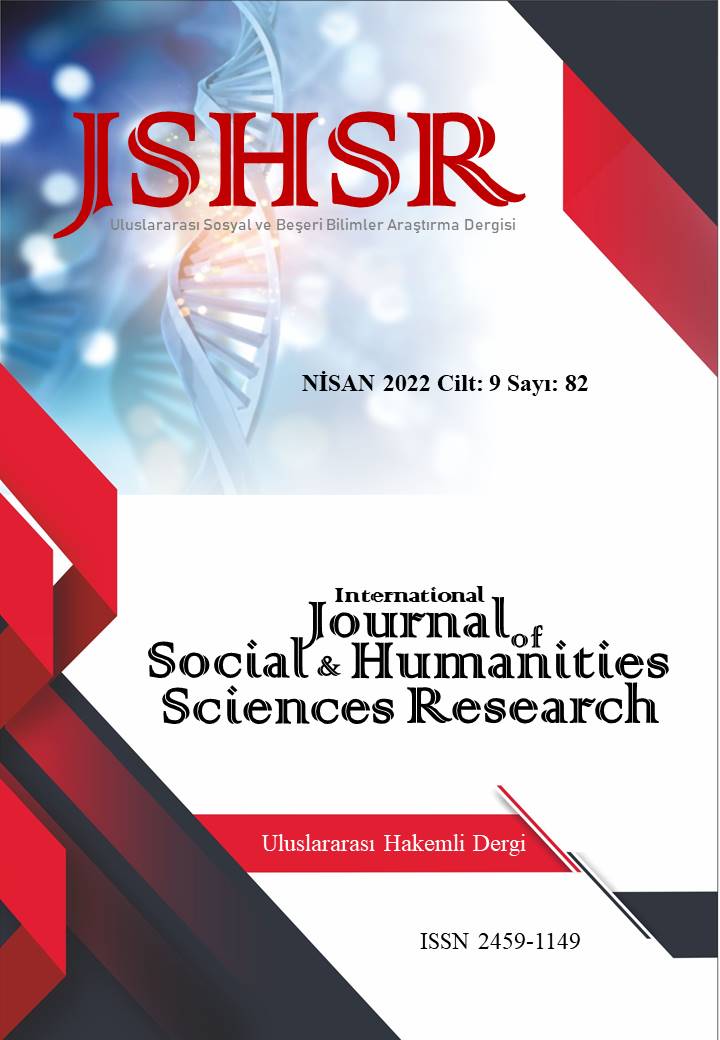LOGISTICS AND REVERSE LOGISTICS COSTS
DOI:
https://doi.org/10.26450/jshsr.3086Keywords:
Logistics, Reverse Logistics, Logistics Cost, Reverse Logistics CostAbstract
There are already many definitions of the concept of logistics. The common definition of logistics is to deliver the right product, in the right quantity, in the right way, at the right place, at the right time, at the right price, to the right customer. Logistics costs are the concept used to indicate the entirety of the costs incurred due to logistics activities and can be defined as the monetary amount of the sacrifices that companies bear for logistics activities. Logistics activities in the literature are expressed as a stock management activity, handling activity, warehousing activity, order processing and information management activity, transportation activity, and other logistics activities (customer service, management of third-party logistics service providers, production planning, packaging, scheduling, assembly, information systems, and information technology-related activities). Logistics cost elements can be listed as customer service costs, stock keeping costs, order processing and communication systems (order process), storage costs, transportation costs, and unit quantity costs. The approaches to costing logistics activities can be expressed as total costing, supply chain costing, activity-based costing, target costing, product and customer profitability analysis, just-in-time production, the total cost of ownership, win-win relations, and mission cost.
The concept of reverse logistics is defined in different ways, both theoretically and practically. In its broadest sense, it means all processes related to the reuse of products and materials. Reverse logistics costs are the costs incurred as a result of all the activities carried out by the companies in the reverse logistics process. Reverse logistics activities can be expressed as repair, product placement, incineration and burial (disposal), reproduction, product cannibalization (partial use of the product), recycling, and reuse/resale. The reverse logistics process can be specified as collection, inspection, sorting, product recovery, and redistribution.
In the study, information about the concept of logistics cost, logistics cost elements, costing approaches to logistics activities, reverse logistics activities, reverse logistics process and reverse logistics costs are given. In addition, the concept of logistics and reverse logistics are explained in the study.
Downloads
Published
How to Cite
Issue
Section
License
Copyright (c) 2022 INTERNATIONAL JOURNAL OF SOCIAL HUMANITIES SCIENCES RESEARCH

This work is licensed under a Creative Commons Attribution 4.0 International License.


